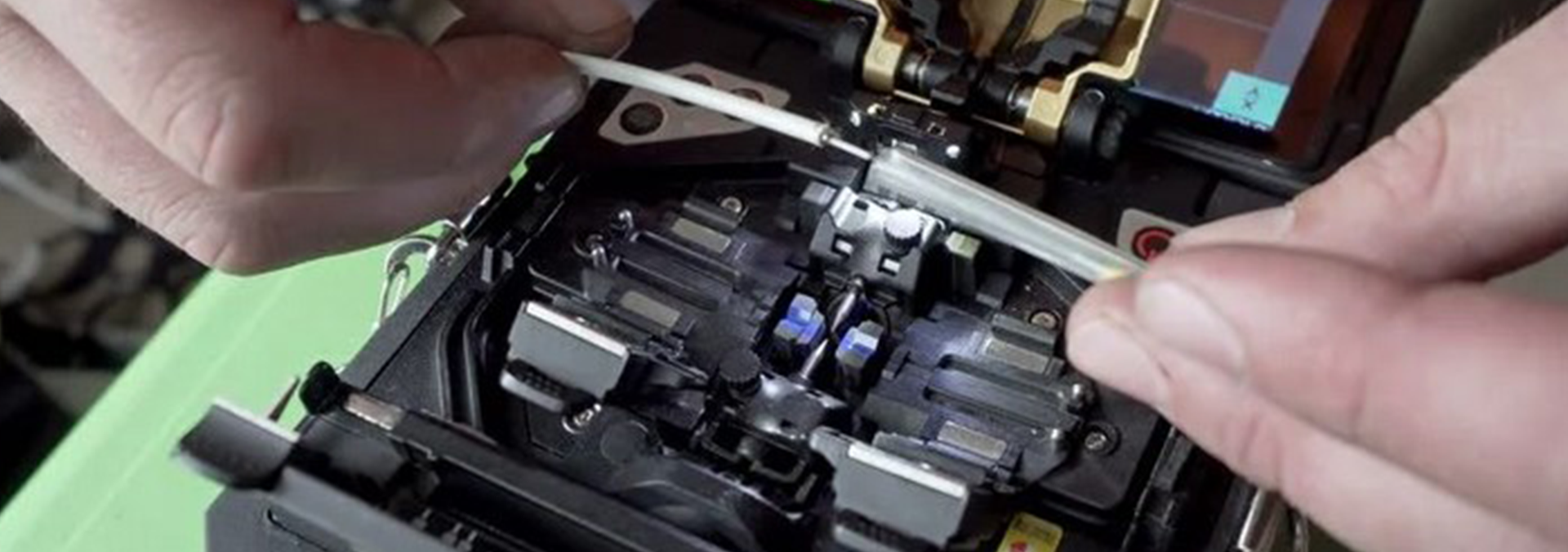Fiber optic splicing is the process of joining two or more fibers together. Whether you're deploying a new fiber optic network or expanding an existing network, you must ensure your fibers are properly spliced to avoid network disruptions.
A mechanical splice can be performed much quicker than a fusion splice. A mechanical splice is a junction of two or more fibers that are aligned and then held together by connectors. Although easier to perform, mechanical splicing allows an increase in insertion loss. So, mechanical splicing is only ideal for quick or temporary restoration, not for permanent splices.
The most common method of splicing fibers together is fusion splicing, which permanently fuses fibers together using an electric arc. This method is far more popular than mechanical splicing because it provides the lowest loss, less reflectance and the strongest joint between the fibers.
Fusion splicing is a very delicate process. If not properly done, your fibers may not be properly connected and your signal may suffer.

2021 Infrasys IT - All Rights Reserved.